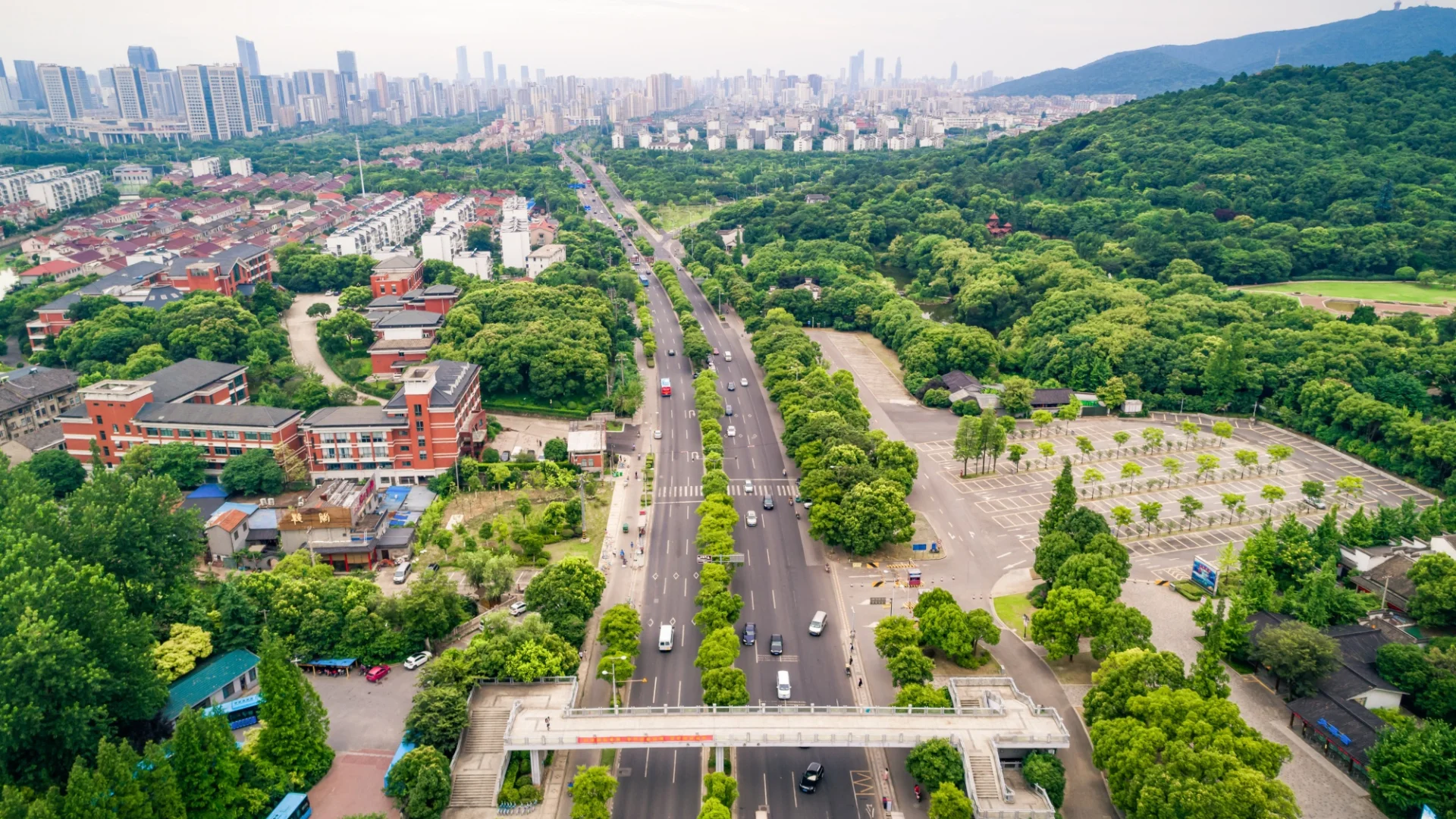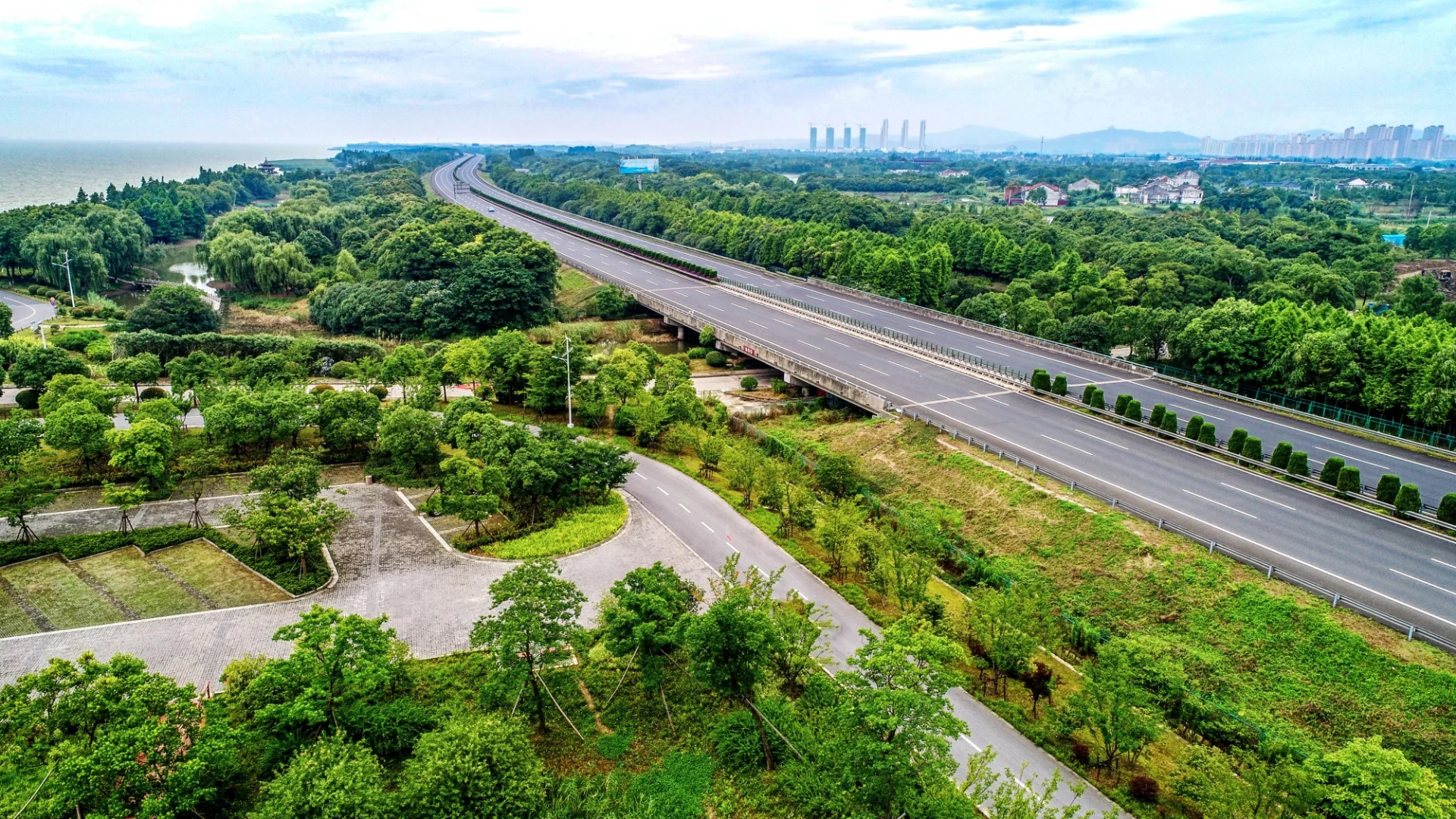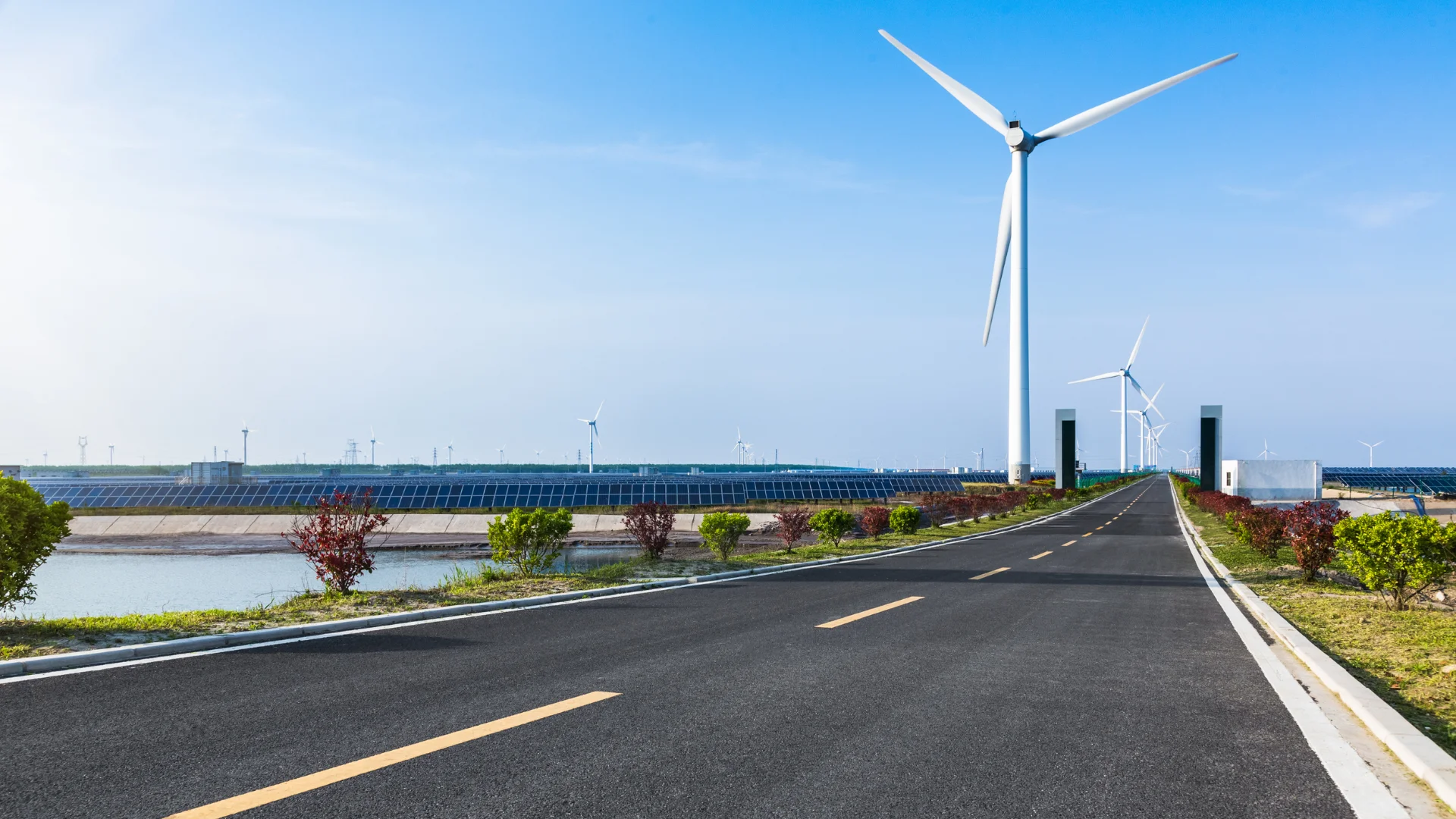Introduction:
India’s rapid urbanization and population growth have put significant strain on its transportation infrastructure. As the demand for efficient and reliable road networks continues to increase, it becomes crucial to focus on sustainable road design to ensure long-term environmental sustainability. This blog explores the importance of sustainable road design in India, highlighting its benefits, challenges, and the key elements of eco-friendly infrastructure.

Enhancing Transportation Efficiency:
Sustainable road design plays a vital role in improving transportation efficiency across India. By incorporating intelligent traffic management systems, optimizing road layouts, and integrating advanced technologies, such as smart signaling and real-time data analysis, road networks can be designed to minimize traffic congestion, reduce travel time, and enhance overall transportation efficiency. According to the Ministry of Road Transport and Highways, the government is actively working on
Reducing Carbon Footprint:
One of the primary objectives of sustainable road design is to minimize the carbon footprint associated with transportation. Implementing measures like using environmentally friendly construction materials, promoting public transportation, encouraging electric vehicles, and developing cycling infrastructure can significantly reduce greenhouse gas emissions and air pollution levels, fostering a cleaner and healthier environment for Indian cities.

Promoting Eco-Friendly Infrastructure:
Sustainable road design promotes the development of eco-friendly infrastructure. This includes incorporating features like green spaces, tree-lined avenues, and rainwater harvesting systems. Such elements not only improve the aesthetics of the road but also provide environmental benefits like natural cooling, stormwater management, and biodiversity conservation.
Mitigating Environmental Impact:
Road construction and maintenance activities often have a significant environmental impact. Sustainable road design focuses on minimizing this impact by adopting environmentally sensitive practices. This includes proper waste management, erosion control, noise reduction measures, and the use of sustainable construction techniques that prioritize resource conservation and waste reduction.

Integrating Urban Planning and Sustainable Development:
Sustainable road design goes hand in hand with urban planning and sustainable development. By considering factors like land-use patterns, population density, and connectivity requirements, road networks can be designed to support compact and sustainable urban development. Integrated planning ensures that roads are built where they are needed the most, reducing unnecessary land consumption and promoting mixed-use neighborhoods.
Harnessing Green Technologies:
Embracing green technologies is a crucial aspect of sustainable road design. This involves exploring innovative solutions such as solar-powered street lighting, energy-efficient traffic signals, electric vehicle charging infrastructure, and intelligent transport systems. These technologies not only reduce energy consumption and carbon emissions but also pave the way for a more technologically advanced and sustainable transportation system.
Conclusion:
Sustainable road design is of utmost importance in India as the country strives for economic growth while mitigating the environmental impact. By prioritizing eco-friendly infrastructure, reducing carbon footprint, and embracing green technologies, India can create a transportation network that is efficient, environmentally responsible, and aligned with sustainable development goals. Implementing sustainable road design practices is a crucial step towards building a greener and more sustainable future for India and its citizens.


